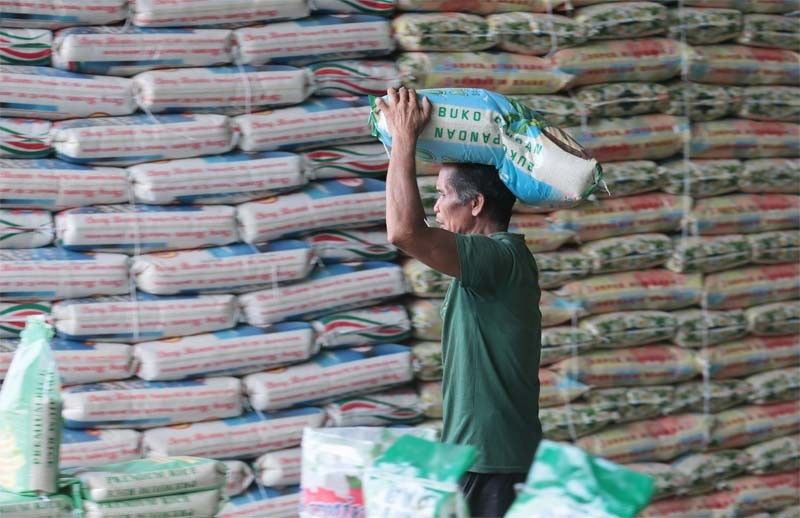USDA cuts Philippines rice import forecast

MANILA, Philippines — The United States Department of Agriculture (DA) has slashed its forecast on Philippine rice imports due to the locally mandated price cap and elevated prices globally.
According to its latest forecast, the USDA-Foreign Agricultural Service (FAS) has projected rice imports to decline to 3.5 million metric tons for marketing year 2023-2024 from its previous forecast of 3.8 million MT.
This places the Philippines on the same level with China, which the USDA projects will import 3.5 million MT.
The Philippines had overtaken China as the world’s top rice importer after the USDA estimated that the Southeast Asian country shipped 3.9 million MT in marketing year 2022-2023 while the Asian giant imported 3.5 million MT in the same period.
The lower forecast was attributed to high prices in the international market and price ceilings ordered by President Marcos, which disincentivized imports, the US agency said.
So far, the Philippines has imported 2.41 million MT of rice this year, based on data from the Bureau of Plant Industry as of Sept. 14.
The country’s rice production is also expected to decline to 19.92 million MT from 20 million MT for palay production, and to 12.55 million MT from 12.63 million MT for milled rice because of the combined effects of Typhoons Dodong, Egay and Falcon.
“Rice importers are adopting a wait-and-see attitude, with some importers canceling their purchases in the days after the ceiling was announced, according to industry contacts,” the USDA-FAS said.
President Marcos issued Executive Order 39 mandating a price ceiling of P41 for regular milled rice and P45 for well-milled rice, which took effect on Sept. 5.
The USDA-FAS said the two categories account for approximately 90 percent of the rice market.
“Following the imposition of the price ceilings, industry contacts reported diminished interest among rice importers to import,” it said.
Sought for comment, the Federation of Free Farmers (FFF) concurred with the projections of the US agency.
“These are all very possible. International prices will most probably remain high due to El Niño, and this will be a disincentive to import even without the price caps. 3.5 million tons will also be over and above our annual deficit, so a decline in imports will not have a significant impact on local supply,” FFF national manager Raul Montemayor said.
The Samahang Industriya ng Agrikultura (SINAG) did not agree with the USDA forecast, saying this is way above its own projection.
In a phone interview, SINAG president Rosendo So said the country’s rice import would only reach three to 3.2 million MT this year due to better production.
“We think the USDA’s projection is too high. We are seeing lower imports this year coming from an election year last year, and secondly, our production increased this year due to better weather,” he said.
Meanwhile, the USDA-FAS said it projects corn imports to increase to one million MT from its previous forecast of 800,000 MT due to lower production and in anticipation of the expiration of lower tariffs ending this year.
The decline in production is due to the effects of Typhoons Dodong, Egay and Falcon and the continued presence of fall armyworm.
“The situation is particularly severe in Ilagan, Isabela, the corn capital of the Philippines, and surrounding areas,” it said.
Citing data from the BPI, the US agency said there was an increase of 698 percent for the imported corn volume applied in July to 284,393 MT from 35,626 MT while the number of Sanitary and Phytosanitary Import Clearance (SPSICs) applied for also increased by 171 percent to 84 from 31.
“Corn for feed importers will try to import ahead of this year’s expiration of lower corn tariff rates,” the USDA-FAS said.
- Latest
- Trending





























